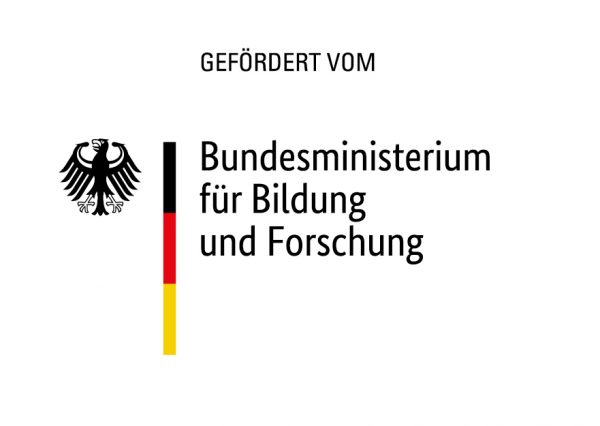ChemKom – Strategic science communication on the risks of perpetuity chemicals
In the research project “ChemKom“, we are investigating together with the Institute for Social-Ecological Research (ISOE) and the University of Hamburg, the strategic science communication of various stakeholders using the example of the risks of PFAS, also known as perpetuity chemicals.
Scientific findings are an important part of social debates and discussions, for example when it comes to the regulation of chemicals. How various actors, such as NGOs and industry associations, strategically communicate scientific content in order to substantiate their own interests has so far received little scientific attention. In the ChemKom project, we are addressing this issue with an inter- and transdisciplinary research approach.
Under the lead of ISOE and in cooperation with the University of Hamburg, we are investigating the communication of both scientific and non-scientific actors on the topic of PFAS, examining media coverage and analyzing the reception of content by the public. Building on this, the project will develop and test its own format for science communication.
In this project, UfU is focusing in particular on the recipients of science communication and their trust in science. Among other things, we are investigating how strategic science communication by various actors is perceived and whether it supports or inhibits recipients from engaging further with the topic of PFAS. We are also investigating what recipients expect from successful and participatory science communication in the case of complex and controversial topics such as PFAS. These findings will be incorporated into a real-life experiment on the democratization of science communication in the field of chemical safety.
Duration
12/2023 – 12/2026
Cooperation partners
Institute for socioecological research
University of Hamburg, Department of Social Sciences
Funded by
This project is funded by the Federal Ministry of Education and Research
Contact
Franziska Sperfeld
Sophie Dolinga
Pauline Wyrowsky
What are PFAS?
PFAS is the abbreviation for per- and polyfluorinated alkyl substances. This is a group of more than 10,000 substances. They are produced industrially and used in a variety of everyday products due to their dirt–, grease– and water-repellent properties. PFAS are used, for example, in cookware, outdoor equipment and food packaging. Due to their high persistence in the environment, they are also known as perpetual chemicals. They can already be detected in remote places such as polar regions and the deep sea. PFAS accumulate in organisms and can now be found in the food chain and human blood. Some substances in this group have been shown to have a negative impact on ecosystems and human health, such as the immune system. The EU is currently examining regulation. (BMUV, UBA 2020)
What is science communication?
Science communication encompasses any form of communication that focuses on scientific knowledge and can take place both within and outside of institutionalized science (Schäfer et al. 2015: 13). One aim of science communication is to make scientific content accessible to the public. Science communication can be directed at various audiences, such as the general public, political decision-makers or children and young people. Communication can be dialogic, participatory or through specialist publications, journalistic media or social media. Science communication is particularly relevant today, as the importance of scientific research has increased in almost all areas of our lives and influences people’s behavior as well as the decisions of governments (Bonfadelli, et al. 2017). This is particularly evident in the example of the Covid-19 pandemic or the climate crisis.



